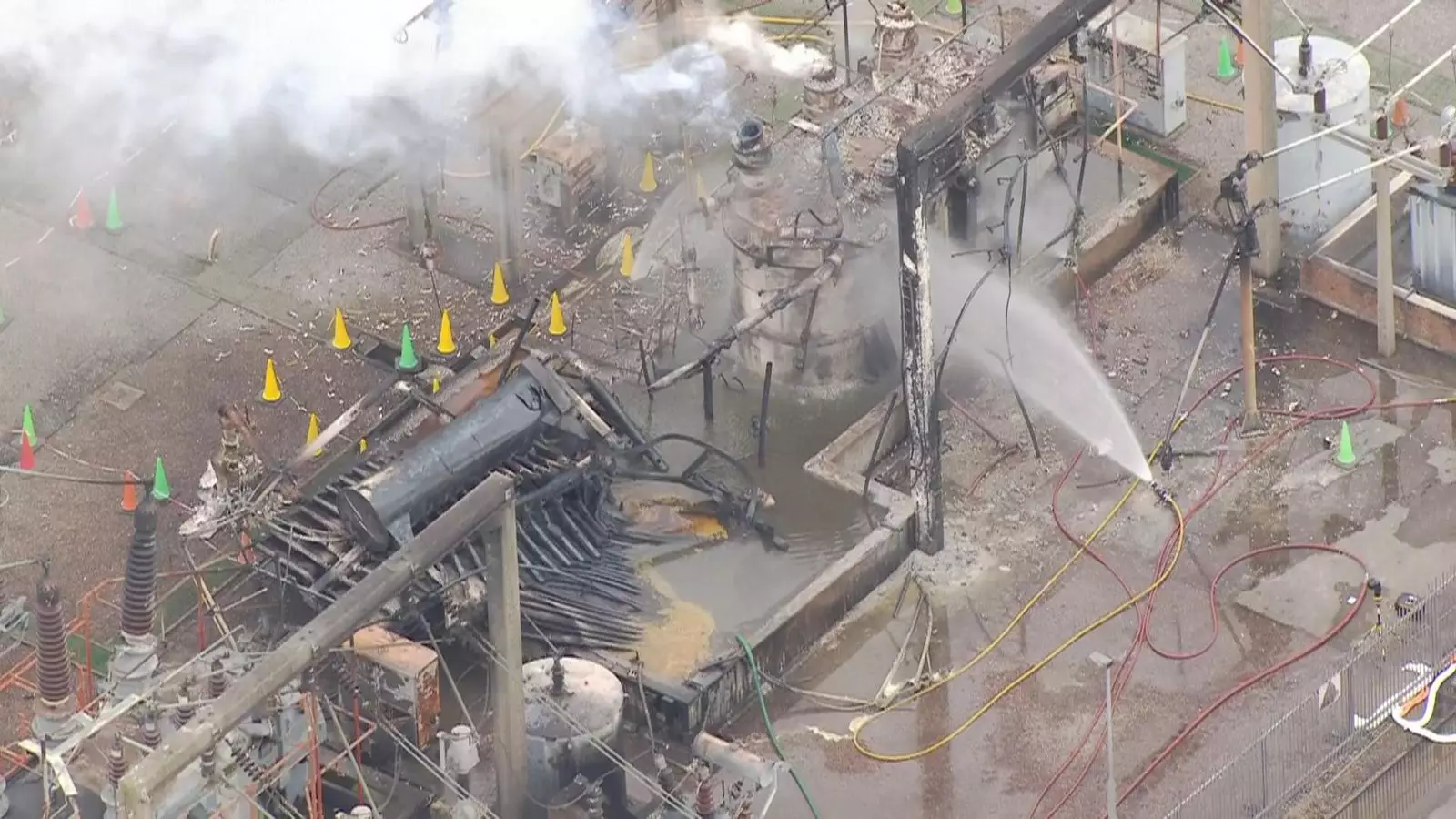Last Friday witnessed chaos at Heathrow Airport, as a substantial power outage caused by a fire at an electricity substation in Hayes resulted in the cancellation of about 1,300 flights. While John Pettigrew, Chief Executive of the National Grid, asserted that alternate substations were capable of supplying power, the situation on the ground tells a much grimmer story. His remarks imply a level of confidence in the resilience of the system, yet they fail to account for the extensive disruption and chaos experienced by travelers. This incident serves as a stark reminder of the vulnerability of critical infrastructure, especially at a facility that prides itself on being Europe’s largest airport.
The confidence exhibited by the National Grid’s leadership raises serious questions about the planning and risk assessment surrounding crucial utilities. The claims that two other substations were available for power distribution, while technically true, highlight a cavalier attitude toward operational realities. If a single event, such as a transformer fire, can bring operations to a grinding halt, what does that say about the robustness of emergency plans in place? Resilience cannot merely be a buzzword; it needs to be thoroughly fleshed out with actionable measures that go beyond assurances made in boardrooms.
The Disruption Beyond Countable Numbers
The numbers alone—83.9 million passengers traveling through Heathrow in 2024, and countless flights disrupted—do not capture the stark human experiences entwined within this crisis. Each canceled flight represents a tangled web of inconveniences, disrupted travel plans, stranded passengers, and potential economic losses for businesses reliant on the efficient operation of one of the world’s highest-traffic airports. What is often lost in the assessment of operational failures is the human element—lives disrupted, families separated, and dreams of vacations turned into frustrations.
Furthermore, the conflicting narratives emerging from the National Grid and Heathrow highlight a troubling disconnect in responses. While Pettigrew emphasized a “level of resilience,” spokespeople from Heathrow pointed towards the intricacies involved in safety protocols during system failures. The juxtaposition between their accounts complicates the story and raises alarm bells about communication protocols during emergencies. In the realm of public sector operations, transparency is not just encouraged; it’s demanded. A failure to communicate clearly not only breeds confusion but can also erode public trust swiftly, compounding an already delicate situation.
A Long-Awaited Call for Infrastructure Overhaul
What compounds the immediate fallout from this incident is a long-standing warning flagged by a consultancy report published over a decade ago. The Jacobs report clearly identified vulnerabilities within Heathrow’s electrical supply, indicating that outages could hinder essential airport functions and even necessitate the closure of terminals. Fast forward to today, and we find ourselves grappling with a scenario that epitomizes the inadequacy of what was labeled merely as a “key weakness.” This aligns with a larger narrative surrounding infrastructure investments that have fallen through the cracks over the years.
While officials scramble to manage the immediate ramifications, a more profound issue remains lurking: a neglectful culture of reactive rather than proactive policymaking in maintaining and reinforcing critical infrastructures. It is crucial to ask why preventive measures, highlighted in reports and analyses, are continuously overlooked. The juxtaposition of archaic infrastructure and cutting-edge travel demands led us to this moment. It’s high time we demanded a focused initiative to address these systemic failures before the next crisis strikes—because guaranteed safety should never be a gamble.
Political Responsibility and Accountability
Amidst the chaos, one cannot help but ponder the political dimensions that shape our approach to infrastructure development and maintenance. Power outages, traffic congestion, and healthcare systems on the brink should not be accepted as mere inconveniences but rather as alarming reflections on how we prioritize essential services. Political will is needed to invest in the necessary upgrades and redundancies that not only fortify our infrastructures but also cement a foundation for trust and reliability in essential services.
The implications of Friday’s outage stretch far beyond a mere inconvenience; they serve as a call to action for the collective stakeholders involved—from government regulators to private operators and, indeed, the ordinary citizens who rely on these services. A culture of accountability must be fostered, where every failure is scrutinized, lessons are learned, and actions are taken to prevent future discrepancies. The ongoing discourse around this episode should not conclude as merely another headline but should ignite a broader conversation about infrastructural integrity—because in a world that is increasingly interconnected, we can no longer afford to gamble with systems that affect millions.

